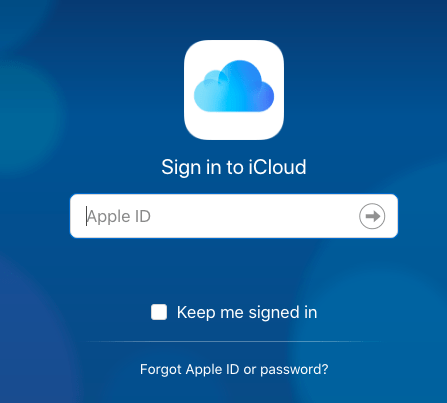

ICloud backups are simple, automatic, and happen in the background, but there can be a limitation: the amount of iCloud storage you have available. Which of these should you use to back up your iOS devices? Can you use both? How does each solution work? In this article, I’ll explain how to back up your iOS devices using both methods, and the pros and cons of each. While there are many backup solutions available for the Mac, including Apple’s built-in Time Machine and Intego’s Personal Backup, there are only two options for your iOS devices: iCloud and the Finder. You’re a lot more likely to damage or lose your iPhone than your Mac, and, unfortunately it’s not that uncommon for people’s iPhones to be stolen. The data on your iPhone or iPad is essential, and backing up your iOS device is critical to ensure the integrity of that data. How To The Ultimate Guide to iPhone and iPad Backups and Storage


 0 kommentar(er)
0 kommentar(er)
